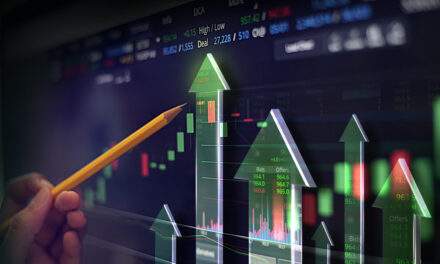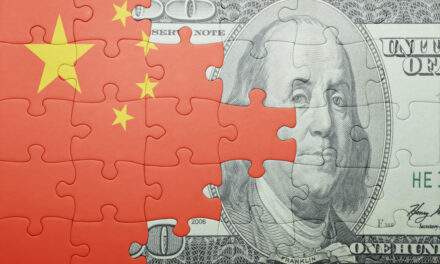Latest Insights on AWAY
 The Major Flaw In Efficient Market Hypothesis (EMH) March 9, 2023 Banyan Edge, Investing, Stocks One of the greatest lies in finance theory is efficient market hypothesis (EMH), which says stock prices are always correct.
The Major Flaw In Efficient Market Hypothesis (EMH) March 9, 2023 Banyan Edge, Investing, Stocks One of the greatest lies in finance theory is efficient market hypothesis (EMH), which says stock prices are always correct. China Says: “Thank You, President Biden!” March 8, 2023 Banyan Edge, Global Economy, Government & Politics President Biden and Washington's clean energy plans would make China the NEW OPEC — with a controlling monopoly on key green energy assets.
China Says: “Thank You, President Biden!” March 8, 2023 Banyan Edge, Global Economy, Government & Politics President Biden and Washington's clean energy plans would make China the NEW OPEC — with a controlling monopoly on key green energy assets. Ethereum & Web3 Will Revolutionize the Internet March 7, 2023 Banyan Edge, Cryptocurrency, Diversified Investments Web3 is going to change the way we share, engage and own across the internet. Ethereum is a key player in the technology making it happen.
Ethereum & Web3 Will Revolutionize the Internet March 7, 2023 Banyan Edge, Cryptocurrency, Diversified Investments Web3 is going to change the way we share, engage and own across the internet. Ethereum is a key player in the technology making it happen. Why Tesla’s EV Batteries and Clean Energy Aren’t So Clean March 1, 2023 Banyan Edge, Electric Vehicles Electric vehicles are advertised as creating “zero emissions." But EV batteries and clean energy aren't as clean as you might think.
Why Tesla’s EV Batteries and Clean Energy Aren’t So Clean March 1, 2023 Banyan Edge, Electric Vehicles Electric vehicles are advertised as creating “zero emissions." But EV batteries and clean energy aren't as clean as you might think. 3 Ways Semiconductor Chips Will Create a Market Boom February 28, 2023 Banyan Edge, Economy, Government & Politics, Investment Opportunities Manufacturing semiconductor chips is like an arms race between China, Taiwan and the U.S. But 3 key factors will soon majorly disrupt this market.
3 Ways Semiconductor Chips Will Create a Market Boom February 28, 2023 Banyan Edge, Economy, Government & Politics, Investment Opportunities Manufacturing semiconductor chips is like an arms race between China, Taiwan and the U.S. But 3 key factors will soon majorly disrupt this market.





